Last Updated on December 8, 2022 by Gaga
Hair straightening gives your hair a sleek, attractive look that’s always in style. Plus it can reduce volume and tame coarse and hard-to-manage strands.
Styling unruly hair takes forever if you use a hair straightener and can be a daily hassle each morning. And, despite all the efforts, your style can be easily ruined by humid weather.
That is why more women are opting for chemical straightening that treatments make their hair straight and smooth for longer and cut down styling time.
Chemical treatments provide either permanent or semi-permanent effects. Two of the most popular chemical treatments include keratin straightening treatment and Japanese hair straightening, also known as thermal reconditioning.
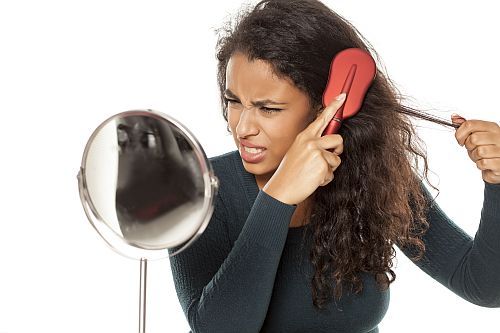
However, there are significant differences between the two straightening treatments. Let’s take a closer look at these differences.
1. How Long Do those Treatments Last?
Japanese hair straightening makes your hair permanently pin-straight, while Brazilian keratin treatment provides temporary straightening effects.
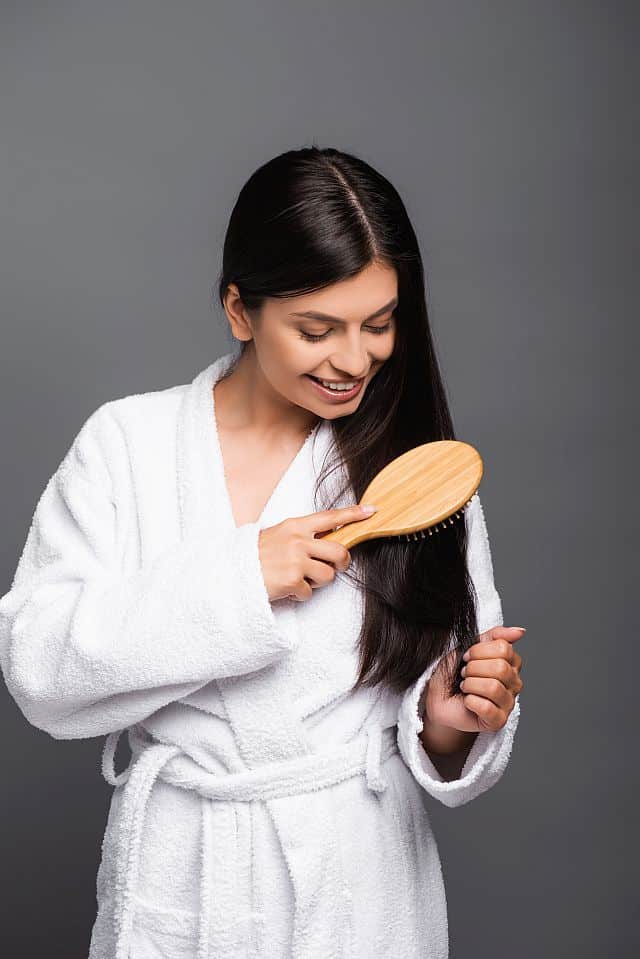
Japanese straightening breaks your hair’s bonds and reshapes them making the strands perfectly straight until your hair grows. The new growth may have a different texture from the rest of your hair, and it can take six months or even longer between the treatments.
During the next treatment, your hairdresser will apply the treatment to the newly grown hair to eliminate the line of demarcation and make your strands evenly smooth along the entire length.
On the other hand, keratin treatments do not change the internal structure of your hair. This treatment coats the porous surface of the hair fibers with keratin – the protein your hair is made of. This outer protein layer washes away over time, and the effects of the treatment gradually fade within about three months. Your stylist will reapply the treatment to the entire length of the hair.

2. What Results Can You Expect?
Thermal reconditioning produces straighter locks than keratin straightening
After the thermal reconditioning service, there is no way to get your natural waves or curls back. Your newly grown natural hair and the hair that’s been straightened won’t match in texture. While treated hair doesn’t require much styling, these grown roots may require some attention to make the contrast less obvious.
With keratin treatments, any frizz will be tamed, making the hair smooth and shiny. You may need little styling with a hot brush to get a silkier finish. Since the effects fade gradually, there is no significant contrast between the treated and newly grown hair.
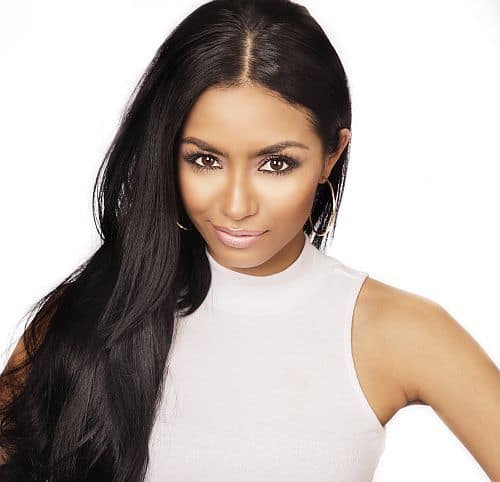
The results of keratin treatments can vary depending on the straightening product, while Japanese straightening produces more straight effects and less variable results.
Related Article
3. What Hair Types Will Benefit from these Treatments?
Keratin treatments suit more hair types and conditions than thermal reconditioning
To be suitable for Japanese straightening, your hair should be in good condition. Weak and brittle hair is not a good fit. Hair that’s recently undergone another chemical treatment may not withstand strong chemicals and high heat without serious damage. Bleached, relaxed, or permanently waved hair is not suitable for Japanese straightening.
When it comes to hair texture, Japanese straightening best suits wavy and moderately curly hair. People with tightly curly hair are not good candidates because the demarcation line once new hair grows out can be a problem.
Unlike thermal bonding, a keratin treatment can be applied to chemically treated hair. Keratin treatment can even temporarily fix damaged hair and make it look healthier. This treatment will most suit women who have problems with frizz or excessive hair volume, so it’s worth considering if you live in a high-humidity area. Finally, a keratin treatment is a good choice for very curly hair as it can loosen the curls and make them frizz-free and shiny.
Neither keratin treatment nor Japanese straightening is recommended for individuals with thinning hair that lacks volume.
In any case, you should consult a professional who will determine the condition of your hair and suggest the best treatment option.
4. The Differences Between the Two Processes of Hair Straightening
Japanese hair straightening is more labor and time-intensive than Brazilian keratin treatments
Depending on the density and length of your hair, Japanese hair straightening can take up to 5 hours, sometimes even longer. Your stylist will apply a special solution to break bonds that give shape to the hair. When the solution is washed out, the hair is blow-dried and straightened with a hot flat iron to create a pin-straight look.
Your stylist then will apply a neutralizer to balance the pH of your hair and lock in the newly achieved straight look. After rinsing the neutralizer, the hair is conditioned, rinsed, and blow-dried again.
Depending on the hair type and the straightening product, keratin treatments take between 90 minutes and 3 hours. Your stylist will apply the Keratin treatment formula to your clarified and sectioned hair and leave it to sit for about 30 minutes.
The hair is then blow-dried and straightened with a brush until it’s completely dry. In the next stage, your stylist will use a titanium flat iron set at a high temperature to seal the treatment into your hair. Your stylist will then wash and blow-dry your hair.
5. Which Treatment is More Likely to Cause Damage?
Japanese hair straightening is more invasive than keratin straightening
Thermal reconditioning can seriously damage your hair if not done professionally. Weak hair is especially at risk because this method breaks hair bonds.
As keratin treatments do not change the internal structure of the hair, there is less risk of damage. However, keratin treatments have a bad reputation due to formaldehyde in straightening products that can irritate your eyes, skin, nose, and throat when combined with heat. To avoid these unpleasant side effects, choose a salon that uses formaldehyde-free keratin straightening products.
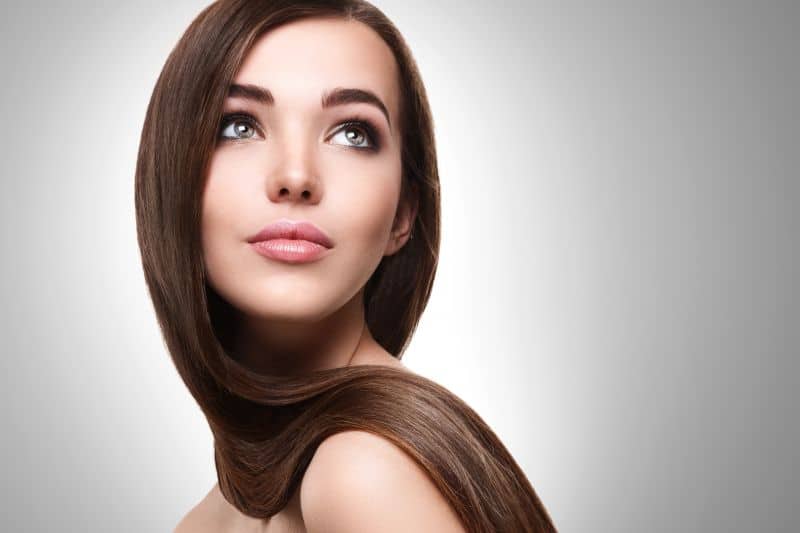
6. Post-Care Instructions
Japanese straightening requires greater precautions than keratin treatments
When you leave the salon with thermally reconditioned hair, the neutralizer will keep working for a while. It is essential to avoid getting your hair wet at least three days after the treatment.
After the waiting period, you can wash your hair using a shampoo designed for chemically treated hair. You’re also advised to wear your hair down for at least seven days.
After Japanese hair straightening, you can only wear your hair straight as it won’t hold curls or waves.
Traditional keratin treatments also involve a 72-hour waiting period to set properly. During that time, you should protect the hair from water and leave it down. However, if your hair accidentally gets wet, you should blow-dry and flatiron the affected strands.
Nowadays, many keratin straightening products don’t require a three-day waiting time and you can wash the hair soon after the treatment using only sulfate-free and salt-free shampoos and conditioners. Depending on the keratin straightening product and your original texture, you can wear straight hairstyles or waves and loose curls.
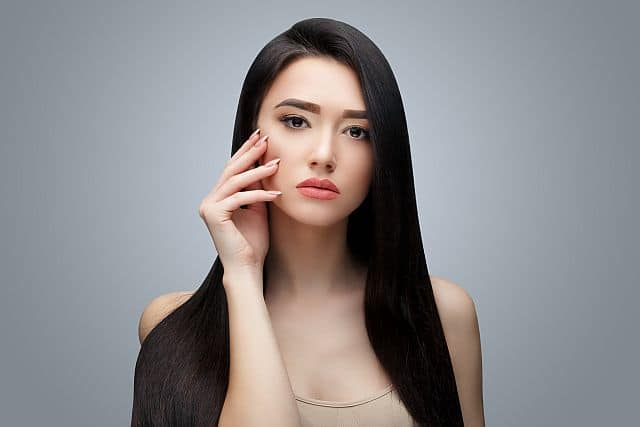
Gaga is a blogger and founder of the Softer Hair website. She often says that insomnia is to blame for her first blogging attempts. Being the night owl, she hated the morning alarm. She left her office job and returned to what she loved most - writing.


Thank you for beautifully explaining it. I have hair loss problem. I was confused as to which one to go to. Now keratin it is 😊